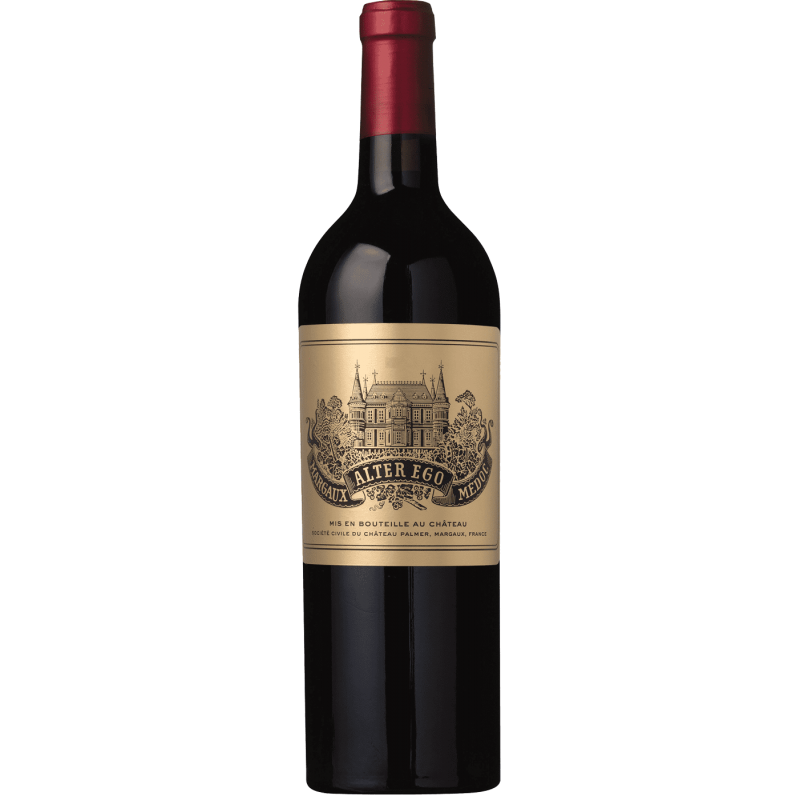



Result of a blend dominated by Merlot (53%), integrated by Cabernet Sauvignon (41%) and Petit Verdot (6%), it is fruity, with its characteristic aroma, intense aromatic expression and softness of the mouth on caressing tannins , suggests a very promising future.
Troisième Grand Cru Classè in the official ranking of 1855, Chateau Palmer is a true star of the Margaux appellation. Today its wines are considered Premier Grand Cru Classé level and year after year it alternates with Chateau Margaux as a producer of the best wines of the appellation. There are many reasons for the exceptional quality of Palmer's wines. First of all there is the terroir, a mix of the best fine gravel and sandy gravel from Margaux combined with clay that gives the wine power. Then there is the high percentage of Merlot (47%) from vines over 50 years old, as well as Cabernet Sauvignon (47%) and as much as 6% of Petit Verdot. Thomas Duroux, director of the Chateau describes Palmer's wines as “Margaux classics, elegant and refined but they are above all Palmer wines, often described as velvety, a characteristic endowed by the old Merlot vineyards and terroir”. Another reason for the exceptional nature of Palmer's wines is the arrival of Thomas Duroux in 2004. Duroux is an Italian-French agronomist and oenologist with international experience in the best wineries in California, Italy, South Africa and Hungary. In 2006 Duroux started an in-depth study of Palmer's soils, identifying eighteen different terroirs and in 2011 Palmer's conversion to biodynamic agriculture began and since 2016 Chateau Palmer is certified organic and biodynamic with Ecovin and Demeter. Since 2015, the company has not added sulphites at the time of harvest and has reduced its use during the entire production process to significantly lower levels than allowed in biodynamic agriculture (40ppm against the 70ppm allowed).
Specific References